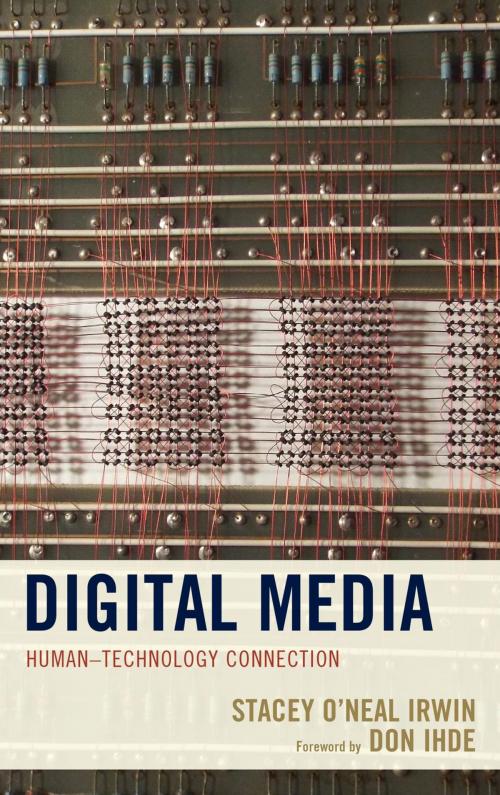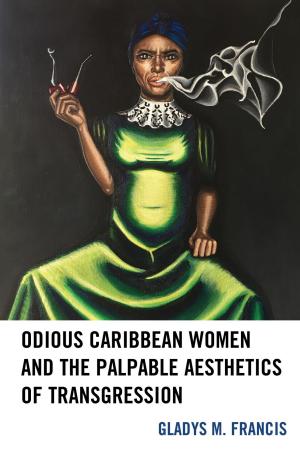Digital Media
Human–Technology Connection
Nonfiction, Religion & Spirituality, Philosophy, Humanism, Social & Cultural Studies, Social Science| Author: | Stacey O'Neal Irwin | ISBN: | 9780739186541 |
| Publisher: | Lexington Books | Publication: | April 29, 2016 |
| Imprint: | Lexington Books | Language: | English |
| Author: | Stacey O'Neal Irwin |
| ISBN: | 9780739186541 |
| Publisher: | Lexington Books |
| Publication: | April 29, 2016 |
| Imprint: | Lexington Books |
| Language: | English |
Digital Media: Human-Technology Connection examines what it is like to be alive in today’s technologically textured world and showcases specific digital media technologies that makes this kind of world possible. So much of human experience occurs through digital media that it is time to pause and consider the process and proliferation of digital consumption and humanity’s role in it through an interdisciplinary array of sources from philosophy, media studies, film studies, media ecology and philosophy of technology. When placed in the interpretive lens of artifact, instrument, and tool, digital media can be studied in a uniquely different way, as a kind of technology that pushes the boundaries on production, distribution and communication and alters the way humans and technology connect with each other and the world.
The book is divided into two sections to provide overarching definitions and case study specifics. Section one, Raw Materials, examines pertinent concepts like digital media, philosophy of technology, phenomenology and postphenomenology by author Stacey O Irwin. In Section Two, Feeling the Weave, Irwin uses conversations with digital media users and other written materials along with the postphenomenological framework to explore nine empirical cases that focus on deep analysis of screens, sound, photo manipulation, data-mining, aggregate news and self-tracking. Postphenomenological concepts like multistability, variational theory, microperception, macroperception, embodiment, technological mediation, and culture figure prominently in the investigation.
The aim of the book is to recognize that digital media technologies and the content it creates and proliferates are not neutral. They texture the world in multiple and varied ways that transform human abilities, augment experience and pattern the world in significant and comprehensive ways.
Digital Media: Human-Technology Connection examines what it is like to be alive in today’s technologically textured world and showcases specific digital media technologies that makes this kind of world possible. So much of human experience occurs through digital media that it is time to pause and consider the process and proliferation of digital consumption and humanity’s role in it through an interdisciplinary array of sources from philosophy, media studies, film studies, media ecology and philosophy of technology. When placed in the interpretive lens of artifact, instrument, and tool, digital media can be studied in a uniquely different way, as a kind of technology that pushes the boundaries on production, distribution and communication and alters the way humans and technology connect with each other and the world.
The book is divided into two sections to provide overarching definitions and case study specifics. Section one, Raw Materials, examines pertinent concepts like digital media, philosophy of technology, phenomenology and postphenomenology by author Stacey O Irwin. In Section Two, Feeling the Weave, Irwin uses conversations with digital media users and other written materials along with the postphenomenological framework to explore nine empirical cases that focus on deep analysis of screens, sound, photo manipulation, data-mining, aggregate news and self-tracking. Postphenomenological concepts like multistability, variational theory, microperception, macroperception, embodiment, technological mediation, and culture figure prominently in the investigation.
The aim of the book is to recognize that digital media technologies and the content it creates and proliferates are not neutral. They texture the world in multiple and varied ways that transform human abilities, augment experience and pattern the world in significant and comprehensive ways.















